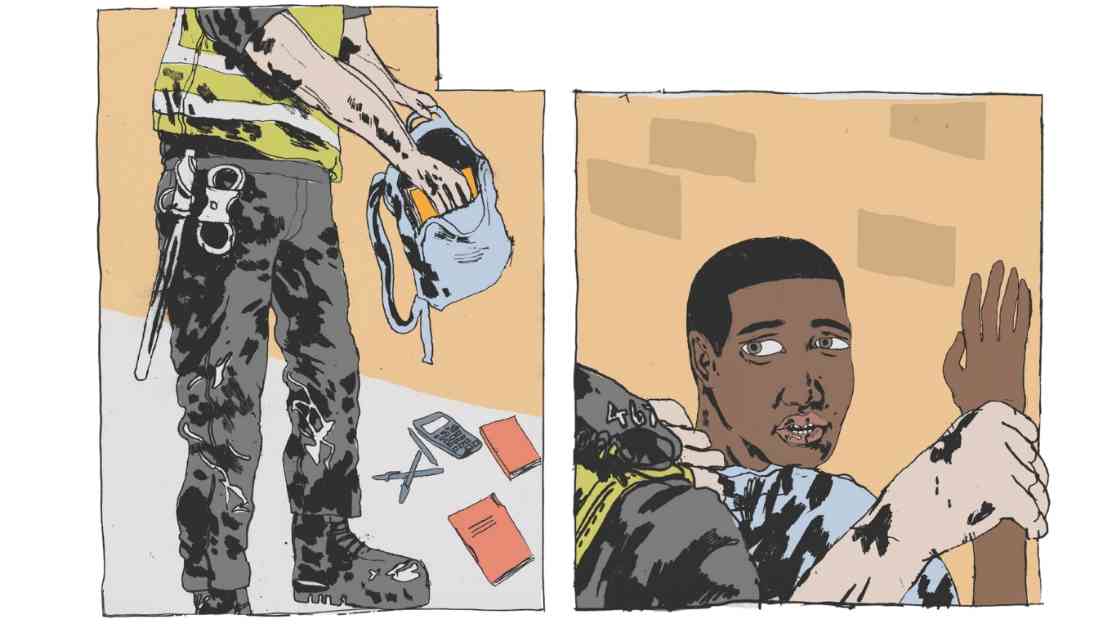Suspected Search Operation: Inside the Controversial Section 60 – The Bristol Cable
In the wake of a tragic stabbing incident that claimed the life of 16-year-old Darrian Williams in Easton, Bristol, the community was left reeling. With the city already mourning the loss of two other teenage boys to knife violence earlier in the year, tensions were high, and calls for action to end the violence grew louder.
To address the escalating situation, Avon and Somerset Police decided to implement a Section 60 suspicionless stop and search operation in various areas of the city. This move was met with controversy and criticism from various quarters, including community activists, youth workers, and watchdog organizations.
Questionable Use of Section 60 Powers
Section 60 powers allow police officers to stop and search individuals without any suspicion of them committing a crime. While these powers are rarely used in Avon and Somerset, their deployment in the aftermath of Darrian Williams’ death raised concerns about racial profiling and the potential trauma inflicted on young people in the targeted communities.
The operation lasted for 48 hours and covered several neighborhoods, including the city center, St Paul’s, Easton, and Fishponds. Despite the police’s assertion that the operation was conducted with community consent and aimed at deterring violence, the data revealed a disproportionate targeting of people of color during the searches.
Impact on the Community
The use of Section 60 powers resulted in the search of individuals as young as 10 years old, with a significant number of those searched belonging to Black and Asian communities. Community members and youth workers expressed concerns about the traumatic effects of these searches on young people, highlighting the potential for long-term negative consequences on their perceptions of law enforcement and society.
Critics of the operation questioned its effectiveness, pointing out that no weapons were found during the searches and that the disproportionate targeting of Black and ethnic minority individuals only served to further alienate these communities. The repressive tactics employed under Section 60 were seen as exacerbating existing tensions and undermining trust between the police and the community.
Reforms and Accountability
While Avon and Somerset Police have committed to addressing issues of disproportionality and racism within their ranks, the continued use of Section 60 powers raised doubts about the sincerity of these efforts. The lack of tangible results from the operation, combined with the negative impact on the targeted communities, called into question the effectiveness of such tactics in addressing violent crime.
Moving forward, there is a need for greater transparency, accountability, and community engagement in policing strategies to ensure that they are both effective and respectful of individual rights. Addressing the systemic issues that contribute to violence and crime requires a holistic approach that prioritizes community input and trust-building initiatives.
In conclusion, the use of suspicionless stop and search powers under Section 60 remains a contentious issue in Bristol and beyond. As calls for police reform and accountability grow louder, it is essential for law enforcement agencies to reevaluate their tactics and prioritize strategies that foster positive relationships with the communities they serve. Only through meaningful dialogue and collaboration can lasting solutions to violence and crime be achieved.













